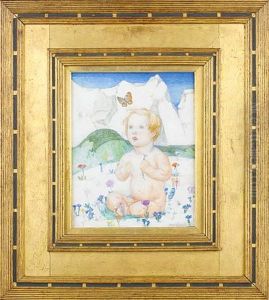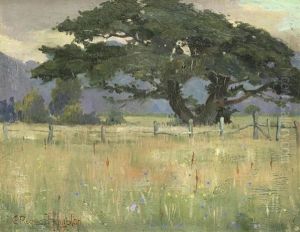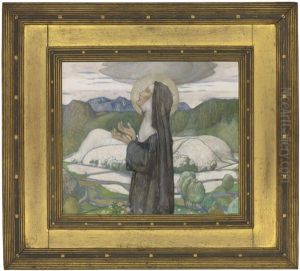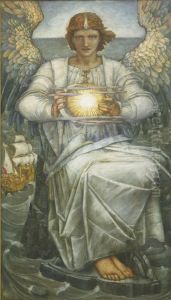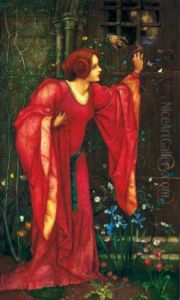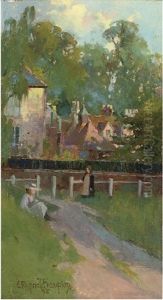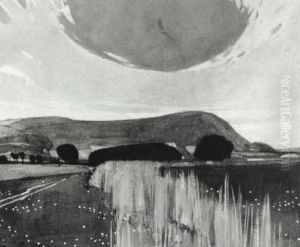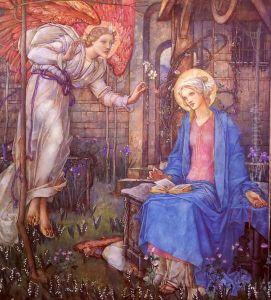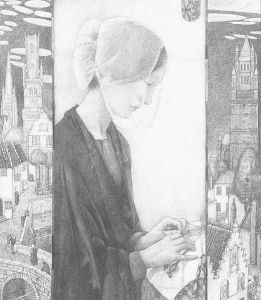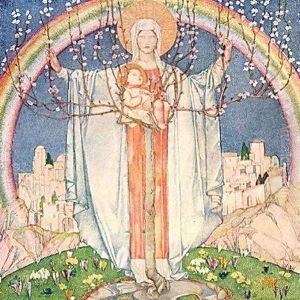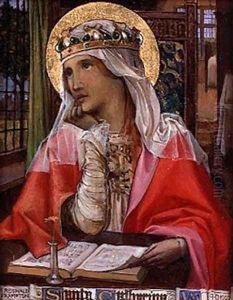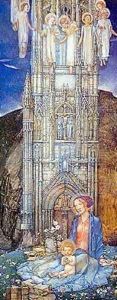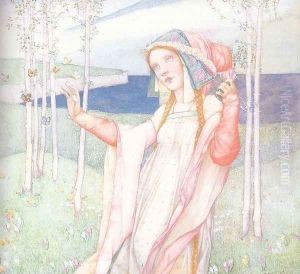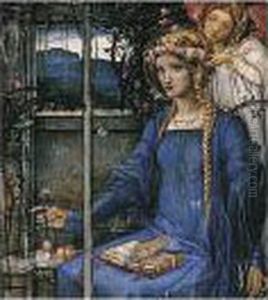Edward Reginald Frampton Paintings
Edward Reginald Frampton was an English painter known for his work in the Pre-Raphaelite style, which emphasized a return to the detail, intense colors, and complex compositions of Quattrocento Italian and Flemish art. Born in St. John's Wood, London, on 18 June 1870, he was the son of the Victorian genre painter Edward Frampton and was exposed to the art world from a young age.
Frampton received his artistic training at the Slade School of Fine Art in London, a premier institution known for its rigorous approach to drawing and the fine arts. After his education, he developed his own unique style, which combined elements of the Pre-Raphaelite movement with a Symbolist sensibility. His works often featured medieval and mythological themes, imbued with a sense of romanticism and spiritual overtones.
Throughout his career, Frampton exhibited at various institutions, including the Royal Academy and the New Gallery. He became known for his meticulous approach to painting, with a particular focus on the use of glazes—a technique that involves layering transparent layers of oil paint to achieve depth and luminosity in colors. His paintings were characterized by their serene and contemplative subjects, often depicting figures in idyllic landscapes or allegorical scenes.
Tragically, Edward Reginald Frampton's life and work were cut short when he died on 16 October 1923. Despite his relatively short career, his contributions to the revival of Pre-Raphaelite principles and aesthetics left a lasting impression on the art world. Today, his work is appreciated for its dreamlike quality and its dedication to the craftsmanship and ideals of an earlier era in art history.



